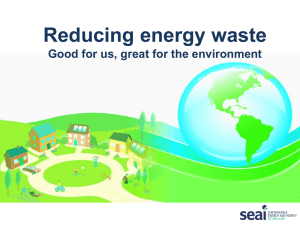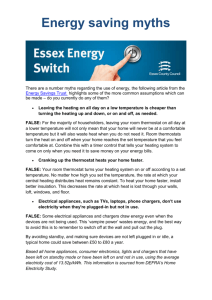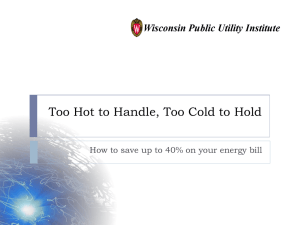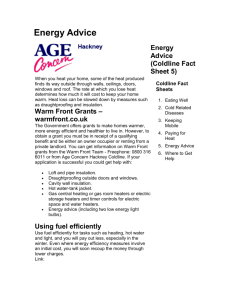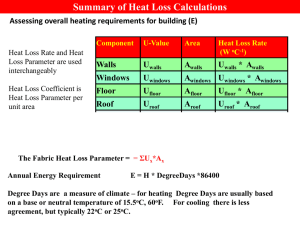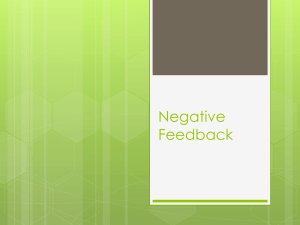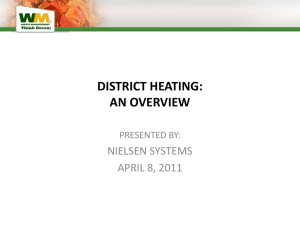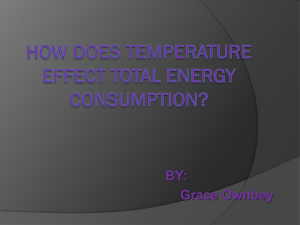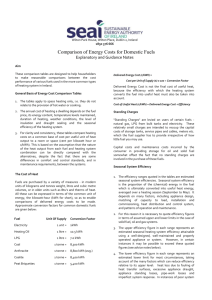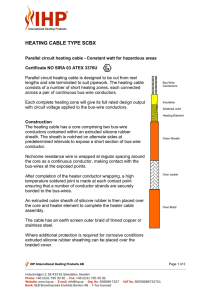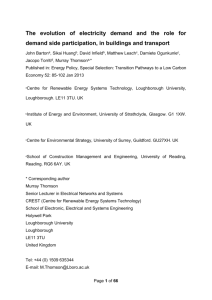CHAPTER – 14 Electric current and its Effects
advertisement
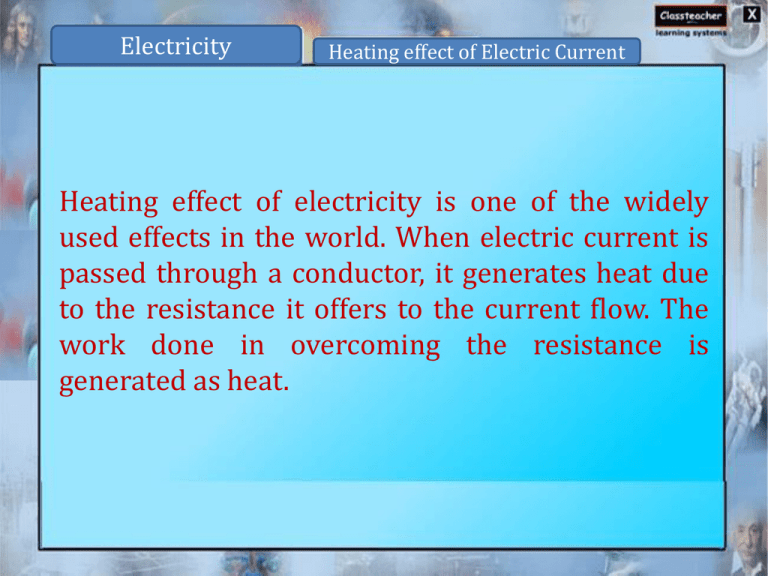
Electricity Heating effect of Electric Current Heating effect of electricity is one of the widely used effects in the world. When electric current is passed through a conductor, it generates heat due to the resistance it offers to the current flow. The work done in overcoming the resistance is generated as heat. Electricity Heating effect of Electric Current The heat (H) produced by a heating element is: (i) directly proportional to the square of the electric current (I) passing through the conductor. (ii) directly proportional to the resistance (R) of the conductor. Electricity Heating effect of Electric Current (iii) directly proportional to the time (t) for which the current flows through the resistor. It is given by the expression H = I2Rt and is well known as Joule’s Law. Electricity Heating effect of Electric Current Practical Applications of Heating Effect of Electric Current The heating effect of electric current is used in electrical appliances like electric heater, electric iron, electric room heater, immersion heater, electric kettle, hair dryer etc. Electricity Heating effect of Electric Current All these appliances have a coil of wire called an element. When electric current flows through the element it becomes hot and gives out heat. The amount of heat produced in a wire depends upon its material, length and thickness. Electricity Heating effect of Electric Current Electric Fuse Electric fuse is a safety device used in electrical circuits which protects the electrical circuits and appliances and prevents fires. Electric fuse has a wire which melts quickly and break when large electric current flows through it. Electricity The fuses used for domestic purposes are rated as 1 A, 2 A, 3 A, 5 A, 10 A, etc. For an electric iron which consumes 1 kW electric power when operated at 220 V, a 5 A fuse must be used. Electricity Heating effect of Electric Current Example An electric kettle consumes energy at a rate of 840 W when heating is at the maximum rate and 360 W when the heating is at the minimum. The voltage is 220 V. What are the current and the resistance in each case? Solution The power input is P = V I Thus the current I = P/V (a) When heating is at the maximum rate, I = 840 W/220 V = 3.82 A; Electricity Heating effect of Electric Current and the resistance of the electric kettle is R = V/I = 220 V/3.82 A = 57.60 Ω. (b) When heating is at the minimum rate, I = 360 W/220 V = 1.64 A; and the resistance of the electric kettle is R = V/I = 220 V/1.64 A = 134.15 Ω.
